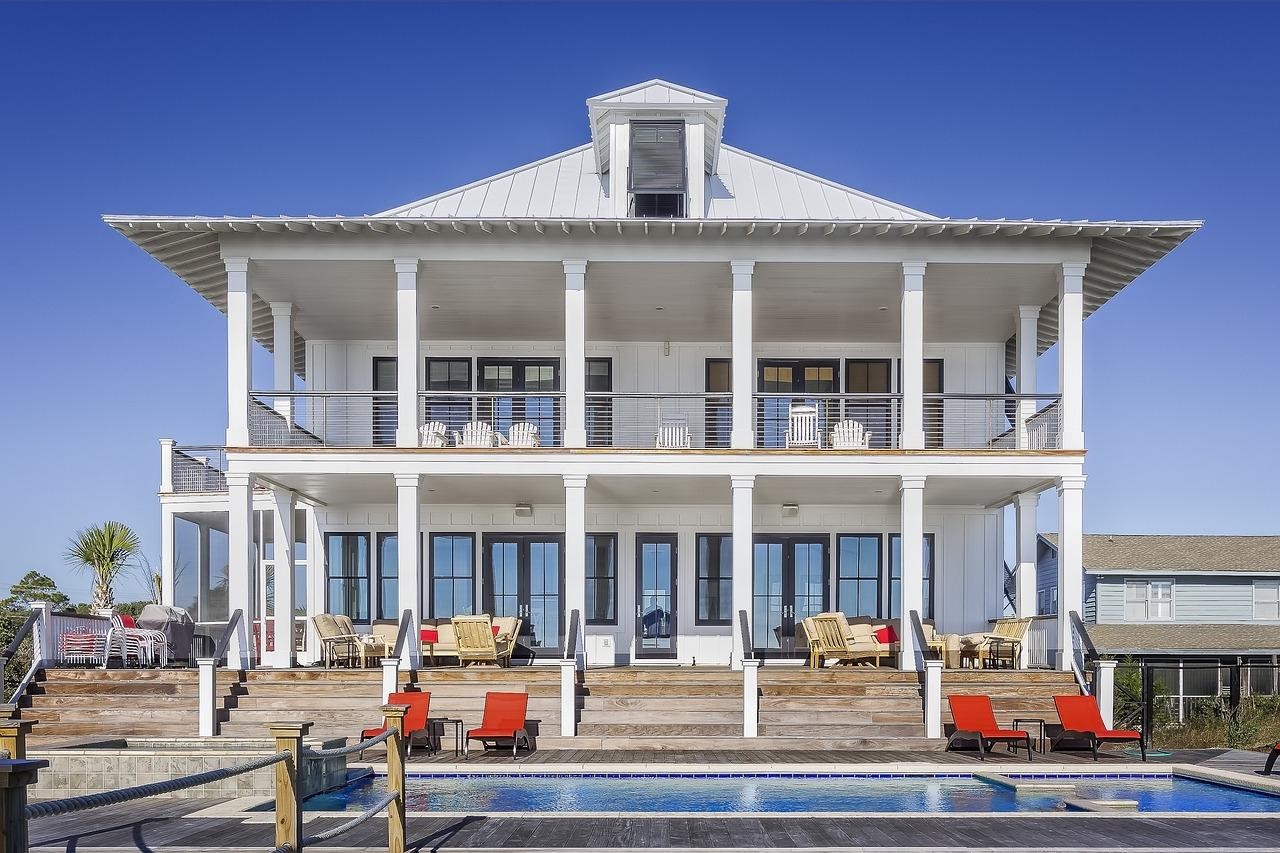
Ratings published by Fitch downgraded Namibia in the Long Term Foreign Currency Issuer Default Rating (IDR) from BB+ to BB, which explains the outlook’s stability.
Key Drivers Of The Ratings
As a consequence of declining growth rate and fiscal measurements, these metrics have reflected Namibian ratings’ downgrading. With the decline in the macroeconomic environment, Fitch Ratings has decided to lower Namibia based on its growth potential assessment. Amid the heightened inequality, high unemployment rate, and gloomy economic indicators, the government’s significant challenges stabilized its debt through expenditure cutting, specifically regarding payroll costs.
According to Fitch, it is expected that the Namibian economy will face a contraction of around 1.2% in 2019, making it the third recessionary year in concession, against the earlier projections of 9.7% economic growth. This decline in projection reflected the broad base of economic weaknesses and fiscal consolidation, which has led to the depression of the local demand amidst the region-wise economic and business activity in the southern part of Africa. These weaknesses have been further aggravated by the massive drought that has overtaken the country and maintained core equipment in the industry of diamonds. GDP is said to stagnate in the period forecasts of 2016-2021. It is believed that Namibia may go on to achieve its third weakest performance amongst all its other sovereigns in Fitch.
A prolonged case of poor economic and financial performance indicates a break in the structural mechanism of growth after the boom driven by commodities and credit. As per Fitch projections, growth is expected to reach the 2% mark, not in the short run, rather a medium-term, below the otherwise average of 5% from 2010-2015. This reflects weak contributions from the economy’s two primary drivers, industrial extraction and the public sector. As per Fitch, investment inducing initiatives relating to a policy may not have an enhanced impact as expected from the summit held in August.
General Government (GG) debt is set to remain upon the rising trend in the medium term, driven through a lower economic growth rate and slowed progress on the tough reforms set in place to restructure the fiscal sector. As per estimates made by Fitch, GG Debt may increase over 51% of the GDP in FY 21/22, higher than 45% from the FY 18/19.
While the Namibian government commits consolidation of the financial sector, good plans and measures are yet to be taken to meet these objectives. Amid its plans are budget cuts, including payroll, approximately half the fiscal revenues, and SOE transfers. The primary deficit of the GG without the inclusion of transfers from SACU reduced by approximately 7.6% of the GDP over four years, despite domestic revenues from a tax on the declining front. There is still quite a modest space for greater savings through capital and non-salary expenditure cuts falling to a new low. Nevertheless, it was observed that a sizable portion of savings was utilized by the rise in the economy’s interest costs and a fall in the transfer of SACU.
Fitch forecasts that the GG deficit, which includes foreign-financed and off-budget spending on capital, is to decline to around 4.3% of the GDP in FY 21/22, beyond the targeted 3.4% of the median deficit 2.9% of BB. Accounting for approximately one-third of the GG, SACU transfers are volatile to the extent that mining reserves of onshore diamonds are steadily depleting, hence raising the risk factor for public finance.
At the end of FY 17/18, with a high debt of SOE, around 22.2% of the GDP, consisting of 6.8% guaranteed by the government, is a constitution of significant contingency in liabilities for the sovereign. While small size industries are tackling financial losses and arrears, a restructure of the ill Air Namibia is under consideration on the part of the government, estimated to amount to about 2.5% of the GDP. The Public Enterprise Governance Act Amendment approved by the parliament is set to extend the SOE oversight and help facilitate the restructuring of enterprises incurring losses.
The ratings driving Namibia are also based upon the following drivers of ratings:
The financing flexibility carries the support of a high chunk of local-currency debt ranging around two-thirds of the GG debt. Similarly, the non-banking sector consisting of finance is ripley developed with approximately 150% of the GDP and regulation requirements on allocating an asset, offering access to the investor base locally. Nevertheless, the risk of refinancing stems from GG’s gross essentials of finance, an average of 18% of the GDP, across the coming three years as per estimates. This was mostly galvanized by a sizable stock of T-bills, which constitute 12% of the GDP.
In FY 21/22, the debt’s maturity profile is steepened, with the Eurobond becoming due in 2021 around USD 500 million. The Namibian government is currently involved in maintaining two funds, said to be sinking: one in Proteas rand while the other in US dollars, approximately about ZAR1.3 billion and USD360 million. These are meant to cover up the coming dues on the bonds sold previously. This is despite authorities keeping track of the drawings for financing purposes. According to Fitch, the Namibian government is likely to choose repayment of the Eurobonds due in 2021 instead of refinancing it. This will then cause a sudden decline in international reserves, about USD2.5 billion.
Pertinent to note is that the measurements of external finance concerning Namibia have improved remarkably. This is supported by a compression in demand and a rise in production capacity in the extraction industry, whereby mining consists of around half of the exports. The deficit in the current account fell to 1.8% of the GDP in 2018 instead of 15.6% in 2016. According to Fitch, it is said to stay the same in 2019 and 2020, while it may rise to around 3% of the GDP in 2021 with increasing local demand and a decline in SACU revenues. Total external debt hovers approximately 24% of the GDP, which still amounts to a greater value than BB’s 18% median.
The governance standards and the institutional framework administered in Namibia form the key supporting mechanisms for these ratings. This unnecessarily high inequality is generated from consistent pressures surmounted on legislators to solve social issues. In this essence, policies such as the National Economic Empowerment Framework works towards the generation of regulatory uncertainty, whereas the government displays a record of strife to promote a business-friendly environment for the maintenance of governance and the rule of law. In this context, Fitch sees certainty specifically around the land reforms to continue the general elections coming in November.
According to the Bank of Namibia, the recession has led to lower profitability and quality of assets as non-performing loans rise to approximately 4.5% of the total loans at the end of June. This recent rise in the requirements for institutional investors enhanced the notion of the sovereign-financial nexus. Regarding the risk factors for macroeconomic performance, connections are drawn between the banking and non-banking sector amidst the consistent gaps in regulations as well as exposure of regional markets of
Sovereign Rating Model (Srm) And Qualitative Overlay (Qo)
Namibia is assigned the rating of BB on the IDR scale according to Fitch Ratings. The committee at Fitch didn’t adjust the output from this model to arrive at the calculative result. Removing the +1 notch in Macroeconomic Performance and Policies and Prospects reflects the potential of Namibia’s growth insight into the ongoing recession.
The SRM is run by Fitch across multiple regression, which presents a rating model based upon 18 variables on average centered around three years and a forecasted year. This produces an equivalent score of LT FC IDR. The QO of Fitch is a long-run framework based qualitatively to adjust the output for the final rating.
Rating Sensitivities
Following are developments which add value to the ratings:
- Stability of the percentage of government to GDP; a trajectory of implanting fiscal reforms.
- Enhanced growth in the medium term.
Following are developments that worsen ratings:
- Increase in the trajectory of government debt to GDP.
- A significant rise in external deficits of foreign funding pressures.
Rating Scenario: Best/Worst Case
The rating system, defined as the 99th percentile, is measured positively with best-case scenario upgrade ratings. These are measured over three years on three notches and a worst-case scenario negatively measured in the same manner. These combinations range from AAA to the D category and are based upon empirical data and historical performance.



